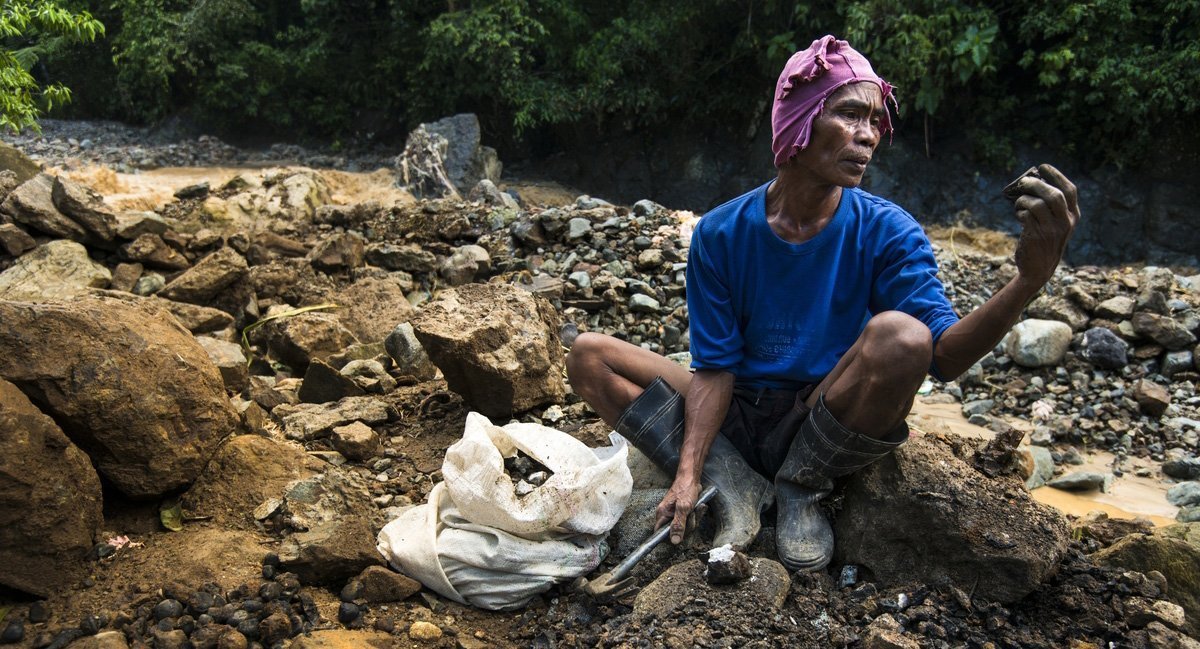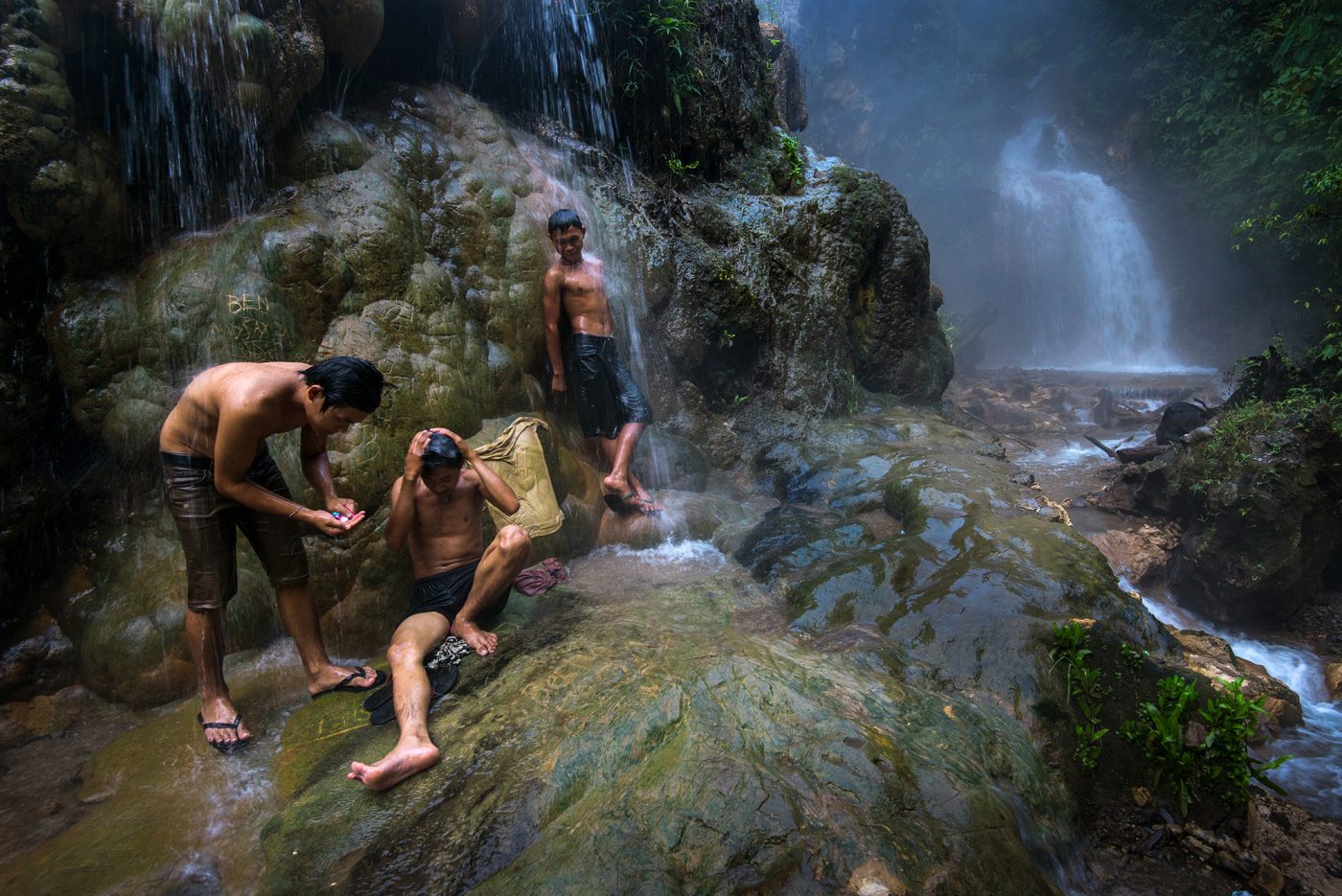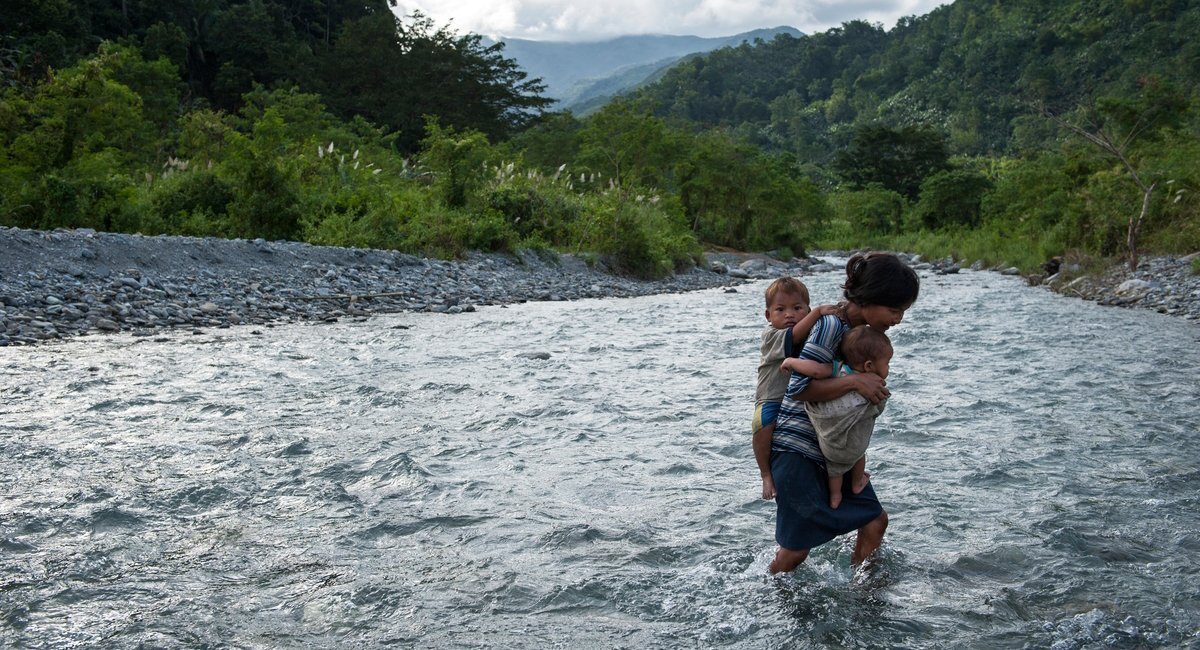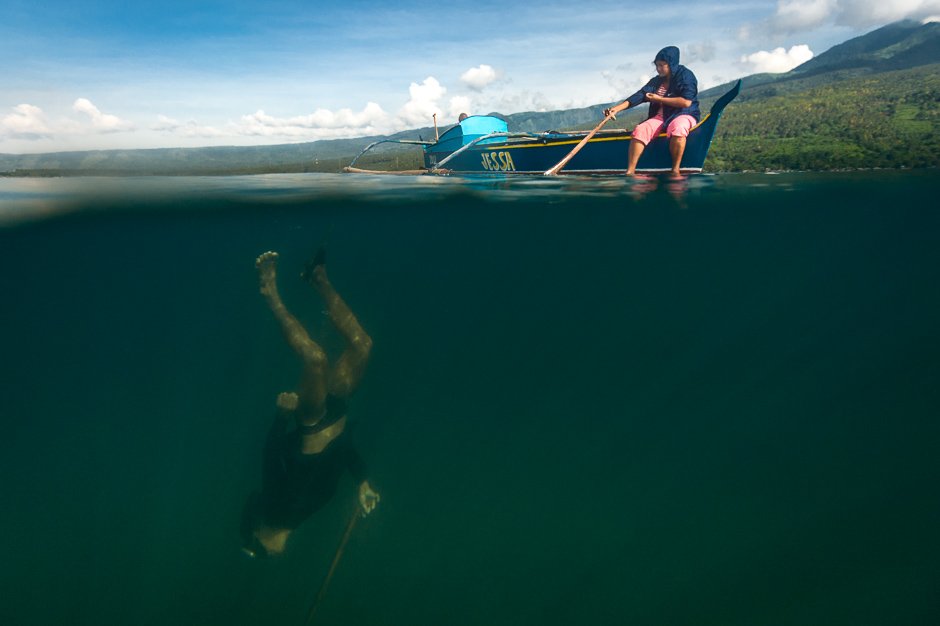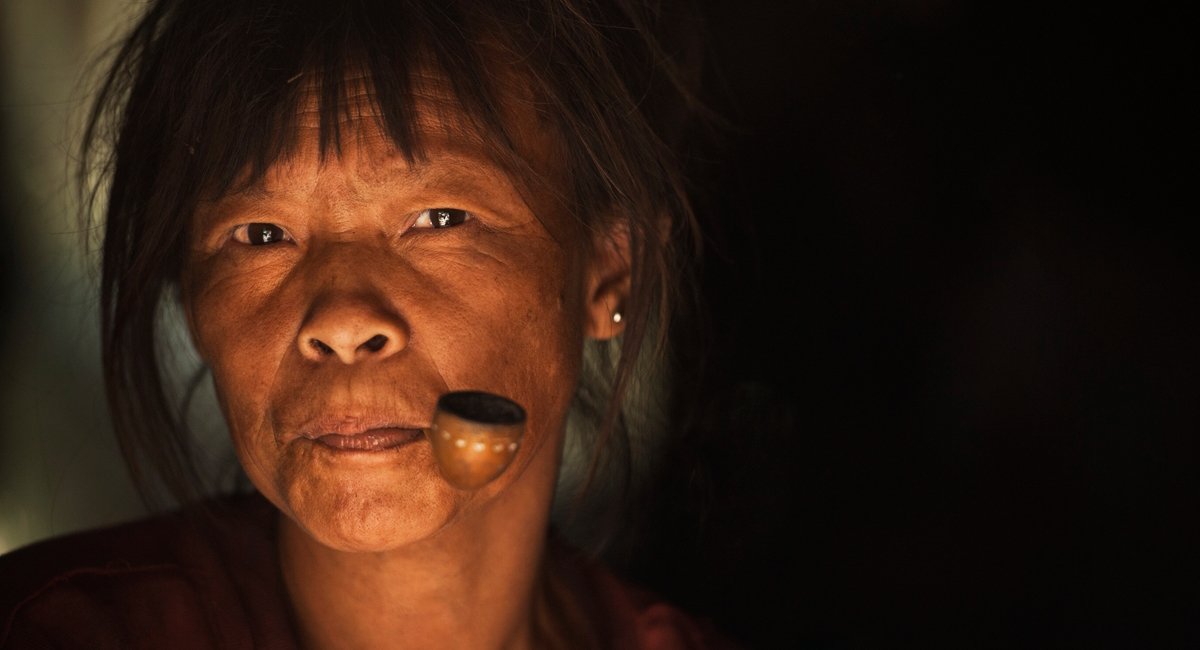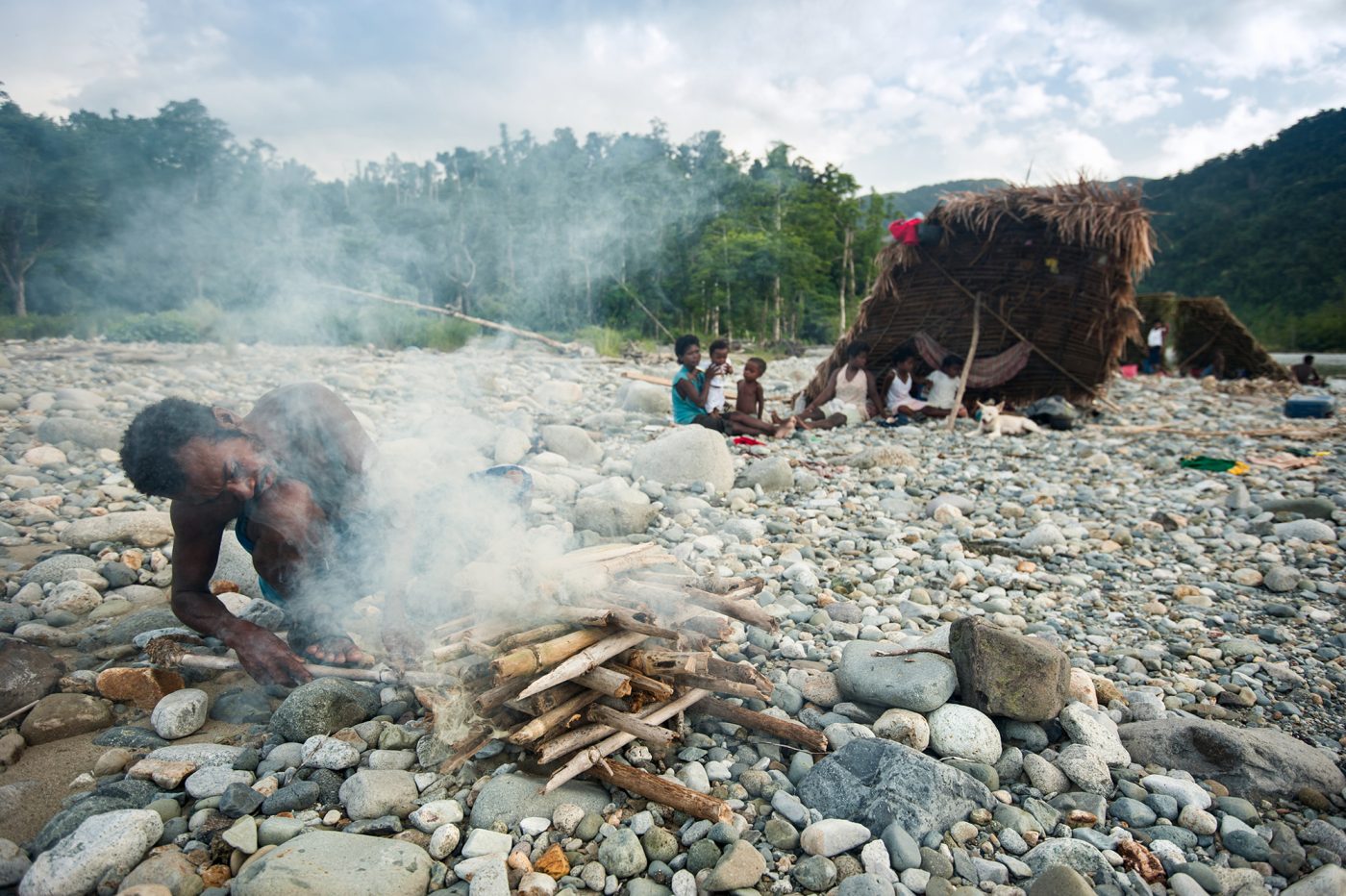I arrived into Iloilo City on a sunny afternoon with my camera bag and a rough plan as to where I would be going. My research gave me some promising leads, but going on a trip like this is always full of unknowns and surprises.
One week prior to my departure to Tawi-Tawi I received an email from the US Embassy in Manila. “U.S. citizens should continue to defer non-essential travel to the Sulu Archipelago, due to the high threat of kidnapping of international travelers and violence linked to insurgency and terrorism there.”
I thought I would spend some time and put together my highlights from 2014 in photos. I’ve never done this before, but I haven’t done many blog posts this year and therefore thought I should get another one in before the year ends. At times this year was extremely busy and at other times I was able to do more of the behind the scenes work that always seems to pile up. I had some firsts this year, including my first solo exhibit, and I took on more commissioned work than in previous years.
Considered one of the 18 indigenous ethnolinguistic Lumad groups in Mindanao, the native Mansaka continued their way of life during the hundreds of years of migrations and inter-marriages of the Malays, Indonesians and the Chinese. Although the Mansaka people evolved over time, they were never heavily influenced by the Spanish during their colonization.
It’s almost been one month now since The Forgotten Ten exhibit came to a close at Yuchengco’s Water Dragon Gallery in Manila. Now that I have been able to catch up with everything since the closing, I wanted to take some time to thank everyone for making this such a successful event. There are a number of people to thank, from our sponsors, to those who helped with preparations and of course everyone who made it out to the gallery to show their support. I also thought it would be nice to put together a summary of the exhibition, share some insights, get more feedback from people and talk a little about the future of the Katutubong Filipino Project.
A blog post is well past due and it always amazes me how fast time goes by. Since my trip to the Cordilleras last April/May I feel like things have been non-stop making time soar by even faster. The past few months have mostly been filled with planning and getting things in line for the upcoming year with some intermittent travel, assignment work and workshops. The most exciting event I have been planning for is my first solo exhibit this coming January in Manila. The exhibit is entitled “The Forgotten Ten” which refers to the some 10 to 20 percent of the Philippine population considered to be indigenous.
Three weeks in the Cordilleras of Luzon and I feel like I have only scratched the surface of experiencing the rich cultures that make up the Igorot people. This is a common trend I have experienced while working on the Katutubong Filipino Project and one reason I hope to extended the project longer term, perhaps for another three years. More time is needed. This is especially true when trying to tell the story of the Igorot people who live in six different provinces with over 20 tribes all speaking different languages, practicing different rituals, and have different beliefs and cultures.
Last month I made a long awaited trip to the island of Mindoro to visit some of the different Mangyan groups there. This trip took a few months to arrange and I was very excited our journey happened as I have been wanting to visit Mindoro for a long time. Although, we knew it would not be easy to get access to the different communities we wanted to visit, our contacts and non-stop effort explaining and promoting the Katutubong Filipino Project helped us significantly on this trip. There are 8 different Mangyan groups (Iraya, Alangan, Tadyawan, Tau-buid, Bangon, Buhid, Hanunoo and Ratagnon) on the island of Mindoro and all are distinctively different including their languages. Mangyan is just the collective term used for the indigenous peoples found on Mindoro.
Over the past month I have made two separate trips to Mindanao in the hopes to document the ethnic sport of horse fighting that is still occasionally practiced by the areas Lumads (indigenous peoples). My first trip was during Davao’s Kadayawan Festival, which is an annual week long celebration featuring the different tribes from Davao. This festival is like most other festivals in the Philippines, complete with street dancing, beauty pageants and plenty of people walking around the streets. In years past horse fighting was one of the side events at the Kadayawan Festival and was the sole reason I made the trip to Davao. Sadly, the tribal Chieftain, Datu Causing Ogao, who was in charge of this years horse fighting was murdered only three weeks before the festival. This murder was one of three tribal murders in the same time frame throughout this part of Mindanao.
Things often do not turn out the way you might expect them to. Such was the case during my recent trip back to the Sierra Madres. I returned to a part of Isabela and Cagayan provinces to visit some old Agta friends from last year. Upon returning this time I had a plan to go on a hunt with some of the men, a hunt for wild pig, deer or monkey. These are game items that the Agta still hunt for occasionally in the forest to eat or sell to locals. I was excited about this trip and thought with the contacts I had made everything would fall into place fairly easily. However, I couldn’t have been more wrong. Uncontrollable circumstances such as bad weather, broken transportation, and previous obligations of my contacts lead to a serious amount of time waiting.
email: [email protected] |
© 2025 Jacob Maentz